Let’s get it all out on the table.
That term, “customer lifetime value”? I can’t stand it.
I mean, who puts a price on a life, let alone the life of a loyal customer? It all sounds very cold and reductive, at least to me.
But terminology aside, there are compelling reasons to pursue long-term, mutually beneficial relationships with your customers.
In this post, we’ll cover some of those reasons and give you a few best practices for keeping your customers happy and wanting more in the long term.
The benefits of customer loyalty
Personally, I love working with clients who have been with Exaltus for years. Here’s why:
- I understand their businesses well. I almost instinctively know how best to serve them and help them meet their objectives.
- Over time, trust builds, and we develop easy, short-hand communication with each other.
- They’re always the first to take an interest in new services my company offers, and to enthusiastically refer their friends.
And research shows that there many other, very quantifiable reasons to focus on customer retention. Here are just a couple:
- According to Esteban Kolsky, the founder and principal of thinkJar, a Customer Strategy consulting company, it costs up to seven times more to acquire a new customer than it does to retain an existing one.
- According to the Harvard Business School, you need to increase your customer retention rates by only 5% to increase your profits by 25% to 95%.
What is the Customer Lifetime Value?
Back to the sinister-sounding “customer lifetime value”.
Your customer lifetime value is essentially a measure of the net profit your company can make over time from your average customer.
Why is it worth calculating? Because it tells us how much we can justify spending on acquiring and retaining new customers.
You know that conference in California that always translates into a couple of new customers and that you’re dying to go to? It may or may not make financial sense. The answer depends on your customer lifetime value.
How to calculate your customer lifetime value
Here is how you calculate the customer lifetime value:

Simple math will tell you that you can increase the product by increasing any one of the following:
- The value of the average sales
- The number of repeat transactions per customer
- The average retention period (by boosting brand loyalty)
Want to see an even bigger increase in your customer lifetime value? Increase several of its contributing factors.
Let’s focus on each factor, one at a time, and see what you can do to increase it.
Increase Customer Loyalty
Let’s start by looking at what you can do to increase your customer retention period. Simply put, how can you increase customer loyalty? Here are a few suggestions.
1
Identify important customer touchpoints
According to Harris Interactive, 89% of consumers have switched to a competitor after a negative customer experience.
That’s why it’s important to identify important touchpoints along your customers’ journey after they have made their purchase,and create positive customer experiences throughout .
I recently devoured Joey Coleman’s book “Never Lose a Customer Again: Turn Any Sale into Lifelong Loyalty in 100 Days” and haven’t stopped raving about it to anyone who will listen.Joey identifies eight distinct emotional needs customers undergo during the 100 days following a purchase, and shares strategies to increase customer loyalty at each phase.
If you want an easy read that will have you bubbling over with ideas for turning your customers into raving fans by creating, look no further.
2
Improve your onboarding
The moments after you make a sale are pivotal. Mishandling your customers at this stage can lead to buyer’s remorse and stain the rest of your customer relationship. Your customer onboarding process can make the difference.
Studies have indicated that poor customer onboarding is one of the leading causes of churn.
On the flip side, the right onboarding process can create a lasting positive first impression that helps customers immediately see the value of your product or service.
Look for ways to get customers started quickly and easily with your product or service.
Use the right formats to connect with your different customer types. Great options include:
- Tutorials
- Videos
- How to articles
- Getting started guides
3
Ask for feedback
When you ask your customers for honest feedback, you show them that you care. In fact, according to Microsoft’s 2017 State of Global Customer Service Report, 77% of customers view a brand more favorably if they proactively invite and accept customer feedback .
At Exaltus, I ask for customer feedback by sending customers a link to a very short survey after they’ve had the chance to experience one of our services.
But don’t stop at asking. Use your customer feedback to improve your offering and your way of doing business.
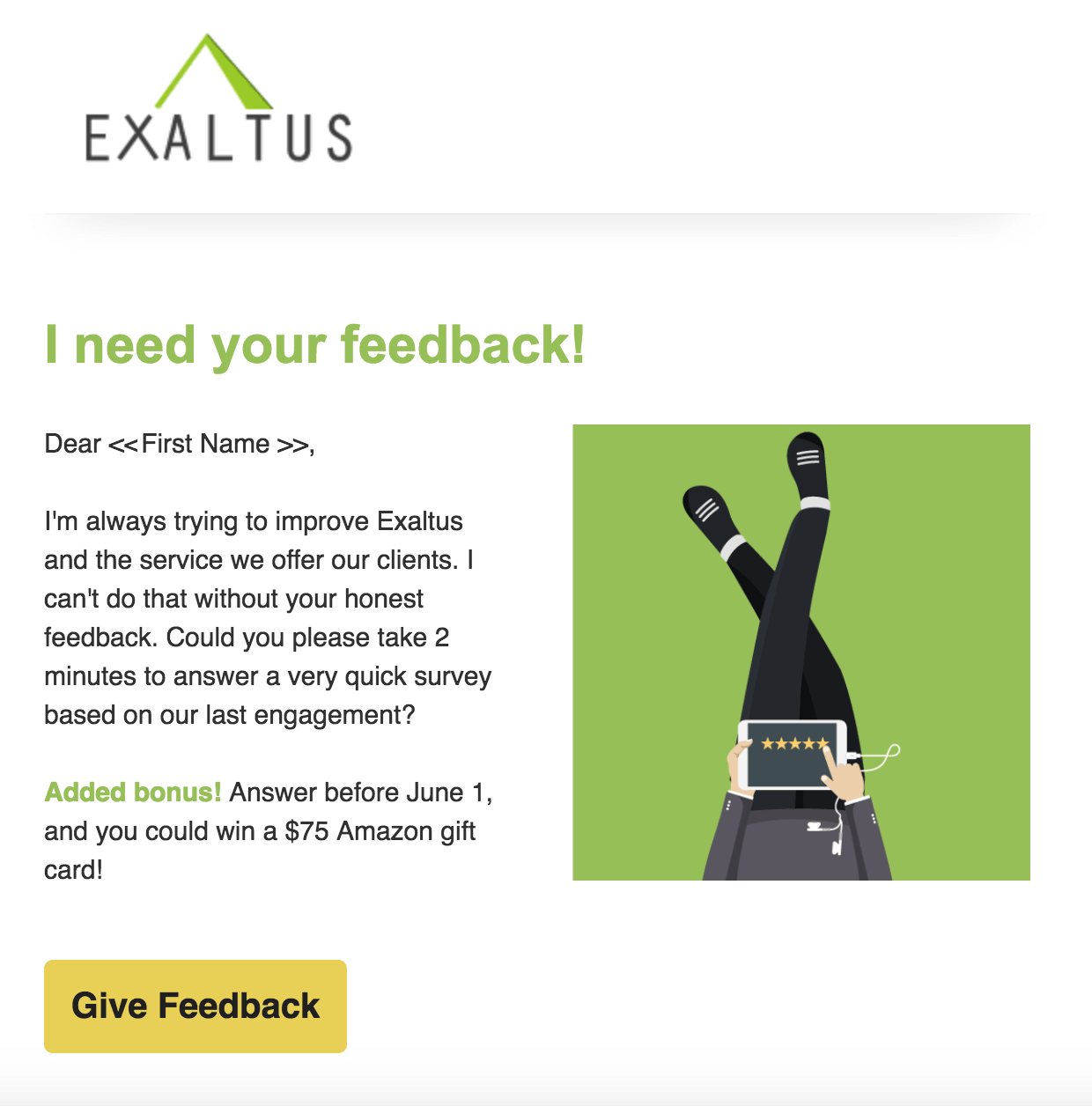
4
Improve customer service
The way you serve your customers can determine how long you get to call them your customers. Check out a few eye-opening stats:
- Poor customer service accounts for 14% of customer churn.
- Across the globe, 96% of consumers say customer service is an important factor in their loyalty to a brand .
- 47%of consumers have switched brands because of a bad customer service experience in the last year.
So take a look at your customer service processes. Are there parts that are leaving your customers disgruntled? What small customer-centric improvements would go a long way toward easing customer frustration?
5
Allow customers to self-serve
Even if your customer service team is top notch, it can be difficult and costly to provide around-the-clock support, especially if you serve an international customer base.
According to Microsoft’s report, 30% of consumers say that not being able to reach a real human is the most frustrating part of a bad customer service experience .
You can ease that discomfort without hiring and onboarding new employees by making it easier for your customers to resolve their issues on their own.
According to American Express, more than 60% of American consumers say that their go-to channel for simple inquiries is a digital self-serve tool such as a website (24%), mobile app (14%), voice response system (13%) or online chat (12%).
6
Nurture your customer relationships
If you want to increase customer loyalty, it’s important to stay in touch with them, even when you have nothing to sell them.
For example, you could send them:
- Content you’ve created that you think might help them.
- Third-party articles about problems you know they face.
- Congratulatory notes to celebrate their wins.
Consider setting up some google alerts around each customer’s name, industry, and objectives to make sure that relevant news and articles catch your attention.

Download our FREE cheat sheet!
Download our free cheat sheet and discover 57 proven ways to generate countless new content ideas using recommended tools and techniques.
7
Highlight the benefits
Another positive way to stay top of mind with your customers is to send regular communications that show them the progress they are making by using your product or service.
Here are a couple of great examples of this tactic in action:
The Grammarly writing app sends a weekly Grammarly Insights email with useful data to help you improve your writing, including the number of unique words you used, common grammar mistakes you’ve made, overused words, etc.
The SmarterQueue social media tool sends out a weekly email with overviews of each of your social profiles, how much engagement your posts receive, and how your audience has grown.
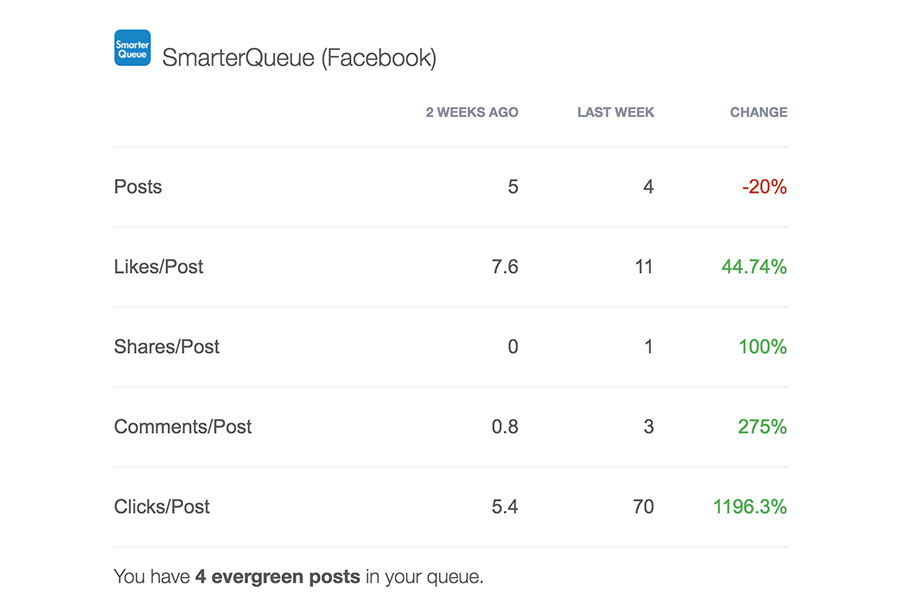
8
Set up a loyalty program
Loyalty programs are a great way to promote retention. Studies show that 48% of consumers expect special treatment for being a good customer.
You can go the formal route and create a loyalty program that delivers special advantages to long-time customers.
Or, you can keep things simple and send special gifts to customers on the anniversary of their first purchase or on other special occasions.
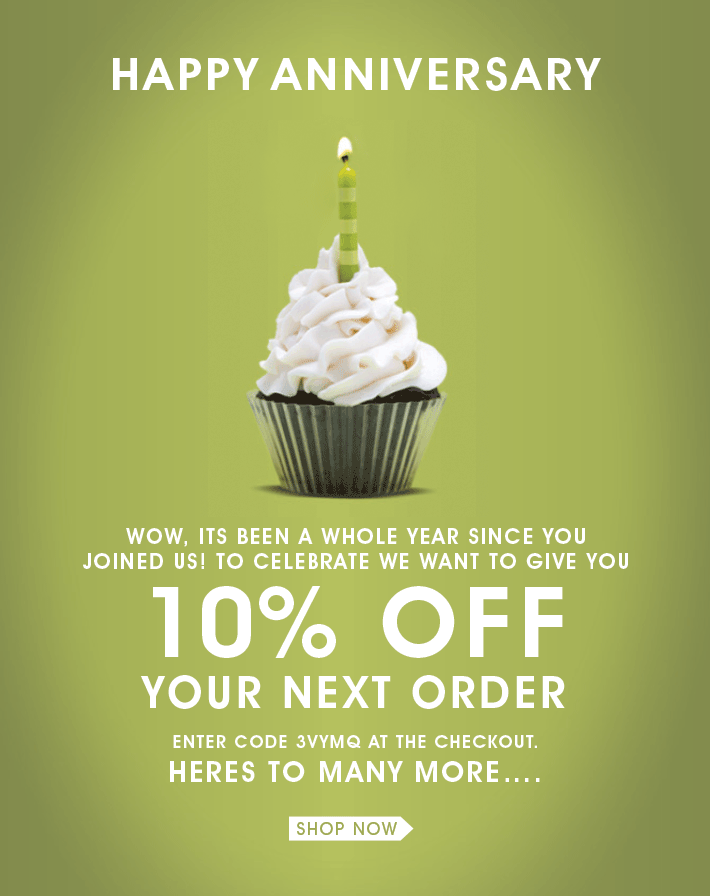
Increase your transaction size
Another way to increase your customer lifetime value is to increase your average transaction size. Here are four common ways to do that.
9
Upsell
A common way to increase the size of your transactions is to steer your customers to a more expensive plan or to a premium version of your product.
Concession stands at the movie theater, for example, might offer you to go from a small popcorn to a large for a marginal price increase.
Software companies display feature grids to show you all the additional nifty features you’d get access to if you leveled up to the next bigger plan.
And many SaaS companies will offer a free trial of their more expensive products to make sure you get a taste of their premium features before defaulting to the least expensive option.
10
Reward larger spends
How many times have you been offered free shipping when you purchase more than a certain amount? That’s an example of rewarding larger spends.
Other companies might include free samples or a token “gift” for larger spends.
Can you think of incentives you can offer to customers for making a greater investment with you?

11
Create bundles
Another way to encourage larger spends is to sell bundles of several complimentary products or services. Think of trios you buy at fast food chains (“Happy Meal”, anyone?), or software suites like Microsoft Office.
Vineet Kumar, Assistant Professor of Harvard Business School, argues that bundling is particularly successful when one piece of the bundle can be produced at a very low cost, which is one reason that digital products lend themselves particularly well to bundling.

12
Increase pricing
Another way to increase the size of your transactions is simply to increase your pricing.
I could argue that upselling, rewarding larger spends, and creating bundles are three tactics that can benefit both you and your customers.
It’s harder to make that case for increasing pricing.
Having said that, there are times when a price increase is called for. For example:
- When your pricing has been too low (relative to the value you offer) or when you haven’t increased it in years.
- When you’ve made significant improvements to your offering.
- When you grandfather existing customers at their low price.
And studies have shown that Americans will pay 17% more to do business with firms with great reputations when it comes to customer service .
Encourage frequent sales
The cost of acquiring a customer drops when that customer makes multiple purchases. Here are several ways to encourage the same customer to make multiple purchases.
13
Cross-sell
Cross-selling is a strategy used by companies to encourage customers who have bought one product to buy another.
Amazon is the king of cross-selling, with their “frequently bought together” feature. So is McDonald’s with their “would you like some fries with that?”.
Those are examples of cross-selling within the same transaction. But you can also use a cross-selling strategy to encourage customers who have already purchased one product, to buy another at a later date.
This works well when you sell multiple products that are best used in sequence.
At Exaltus, for example, we can offer to set up and manage a blog for customers after we’ve built them a website.
A dealership might reach out to you six months after you’ve purchased your car to sell you a maintenance service or tire storage.
14
Create frequent buyer programs
This tactic rewards customers for making multiple purchases. The quintessential example is the airline’ Frequent Flyer programs.
Here are a few other popular programs from Sephora and DSW:
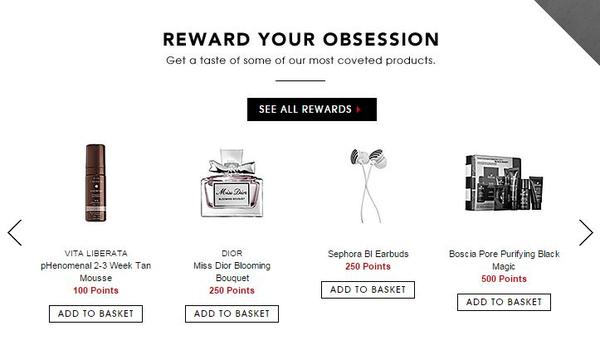

15
Create subscriptions
Another way to lock in repeat business is to sell subscriptions.
Magazines, of course, are an age-old example. More recently, software vendors discovered the value of subscriptions and turned to the Software as a Service (SaaS) model.
Today, you can buy a huge array of items on a subscription model – everything from wines, to razors, to vitamin supplements.
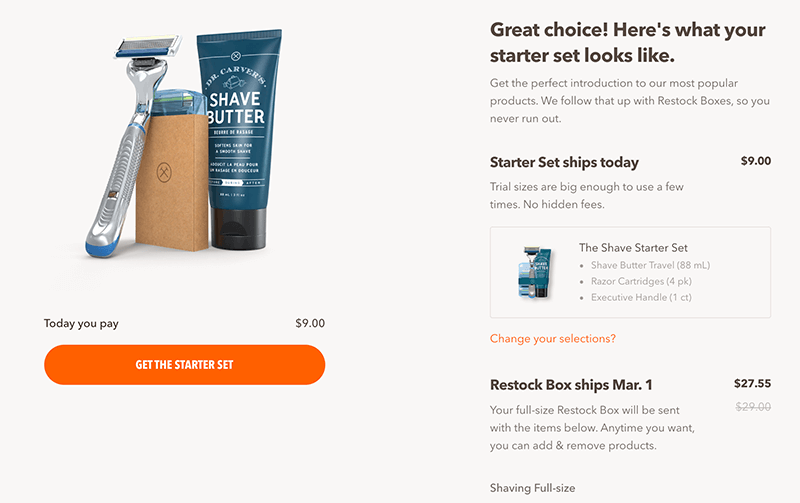
16
Re-engage customers
Finally, another way to increase the number of times your average customer buys from you is to re-activate past customers who haven’t bought from you in a while.
Start by identifying the best candidates for re-engagement based on their customer behavior. Study your customer data and identify segments of customers who are likely to buy from you again.
Then, get back in touch to share recent news that might be of interest to them (e.g. do you have a new website or product that will benefit them?) or to make them a special offer.
Check out this post from Impact with examples of effective re-engagement campaigns. Here’s one of the many great examples they cited:
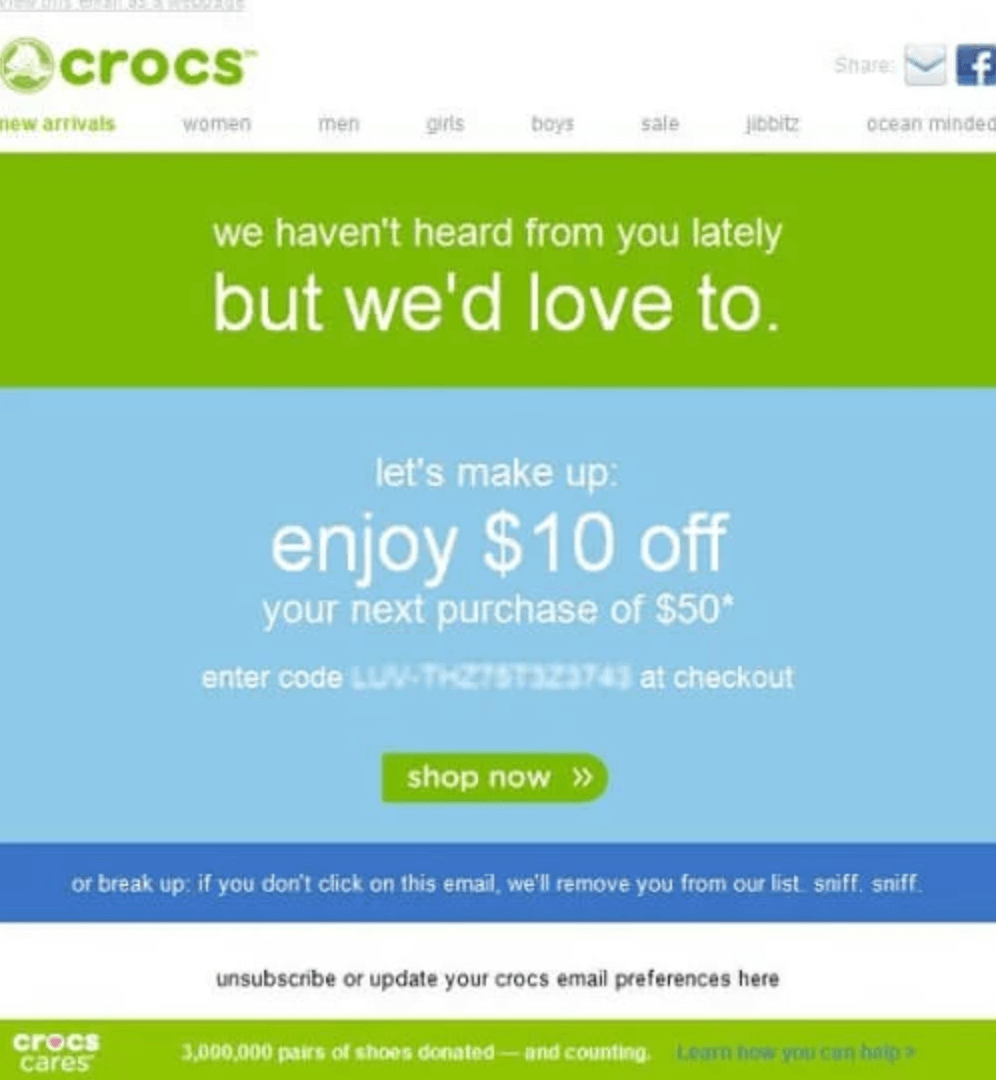
Over to You
I hope this post helped give you a few ideas for solidifying long-term relationships with your customers, so that you can grow your business. Have any others to add to my list? Please share in the comments. And if you liked this post, please let me know by signing up for my email list.

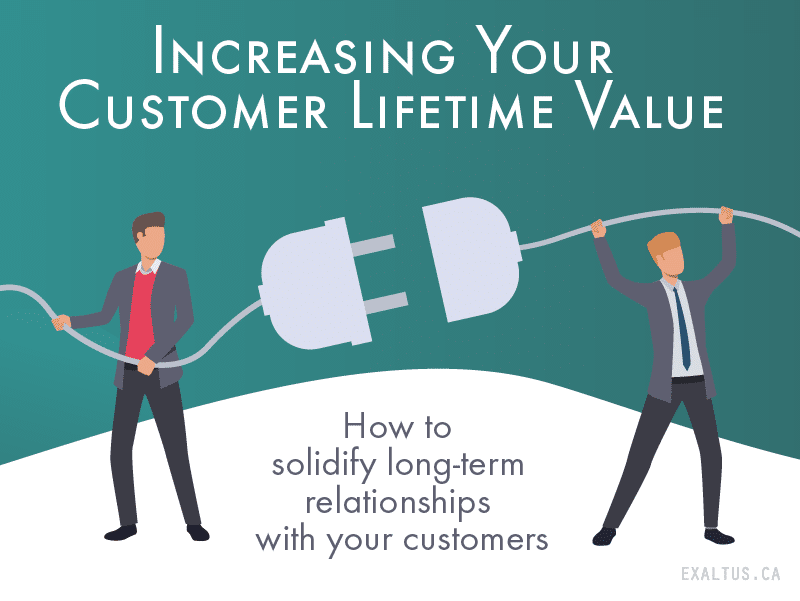
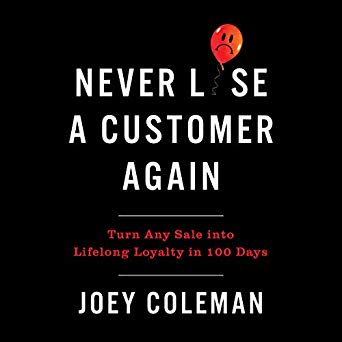
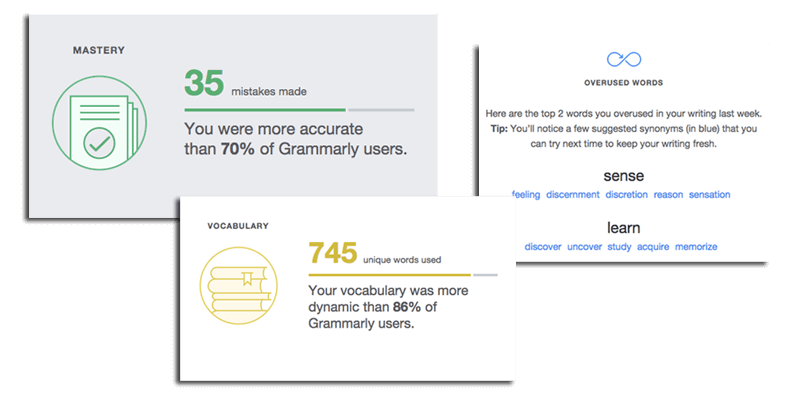
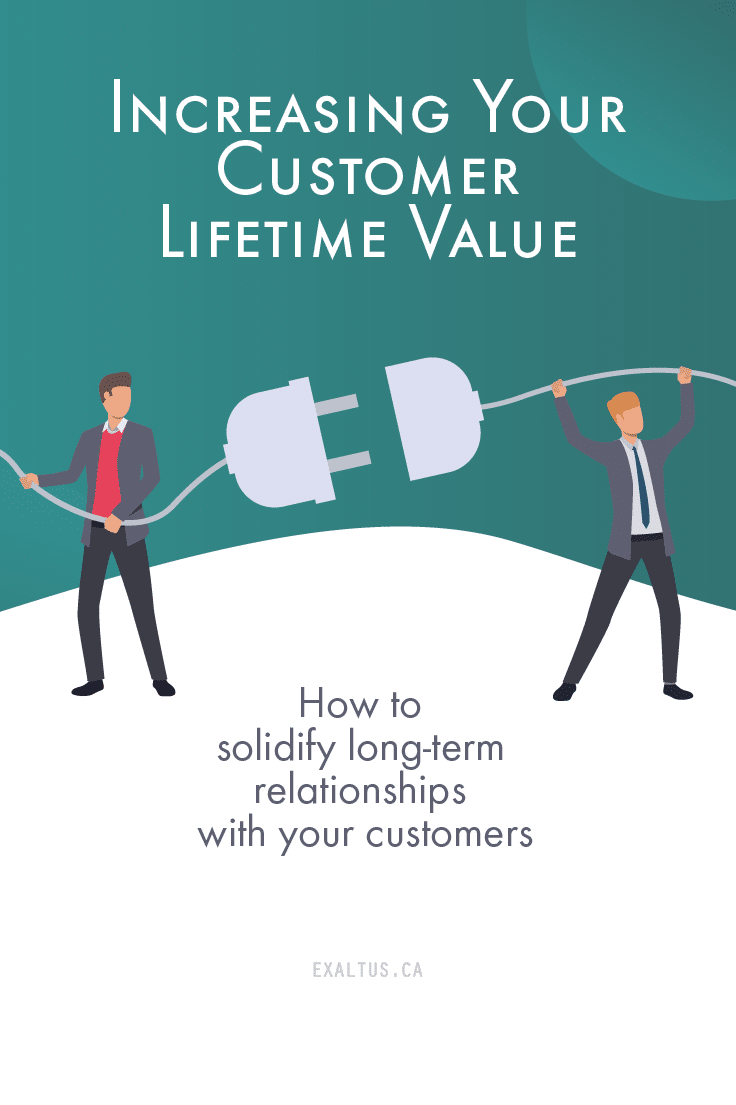
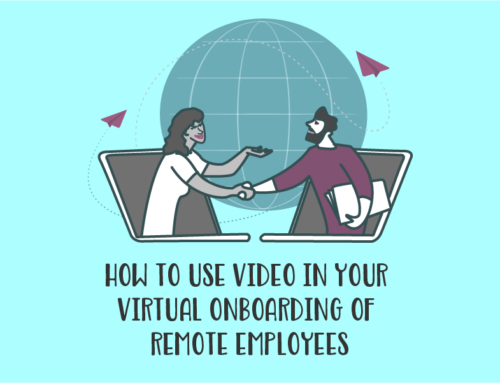
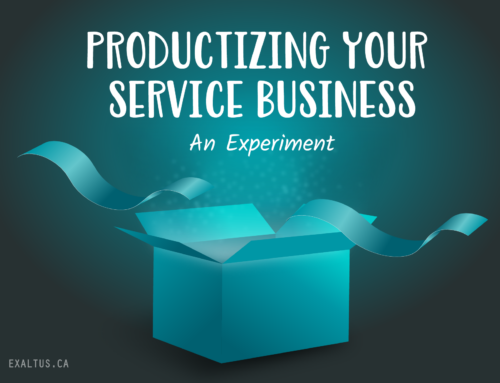
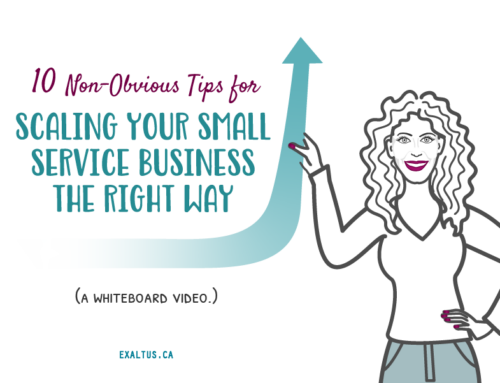
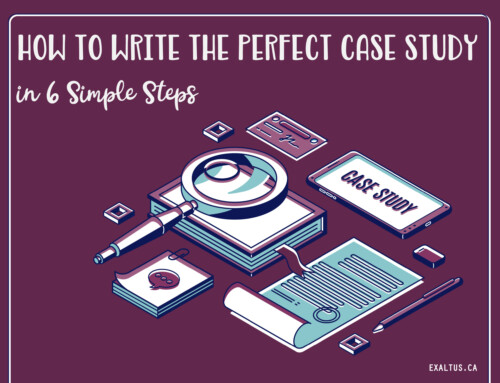

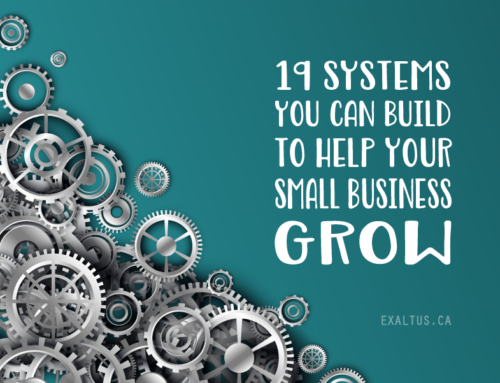
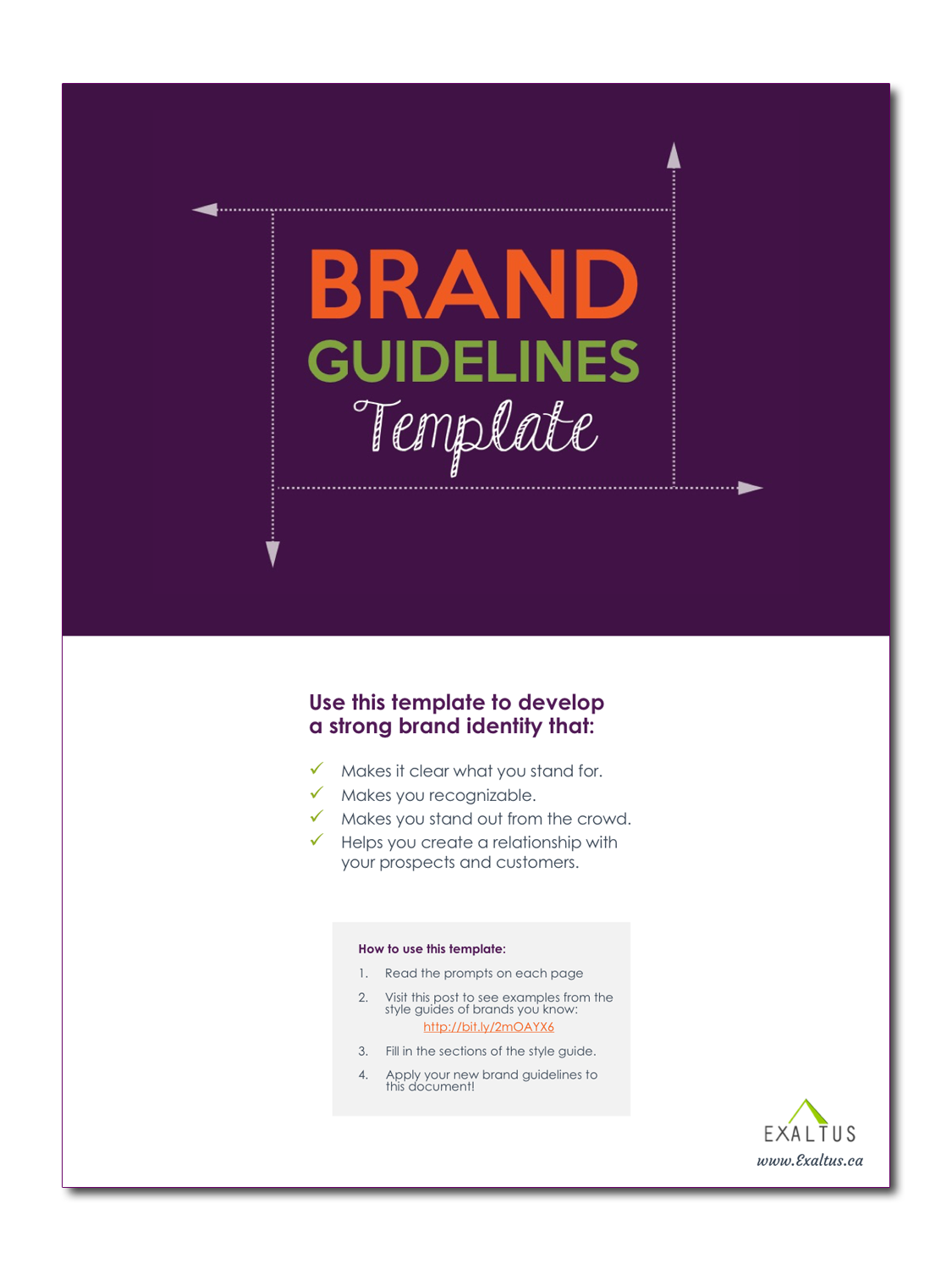

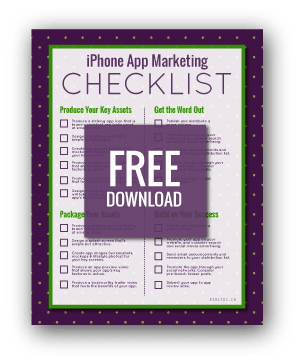
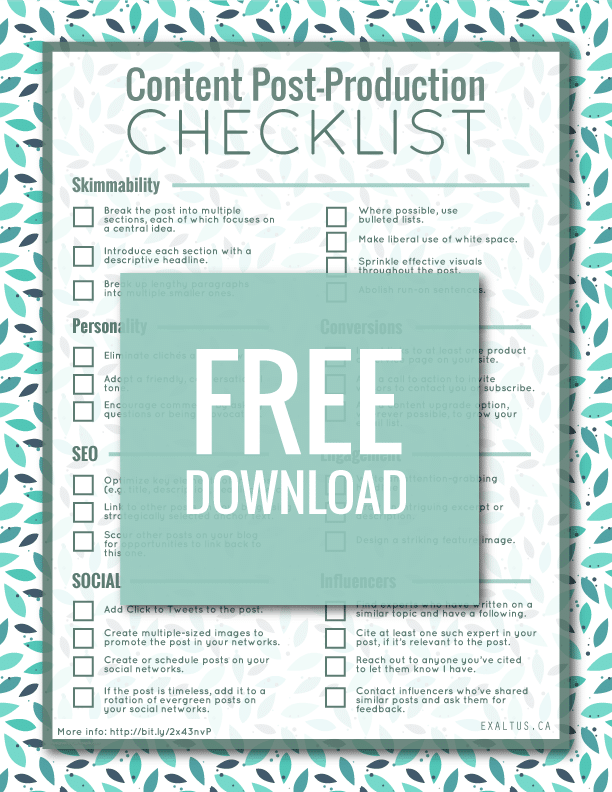
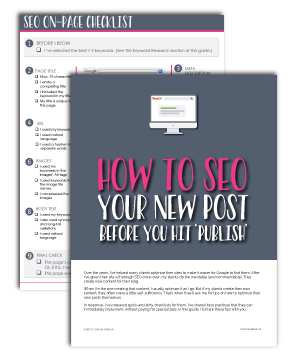
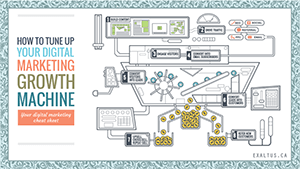
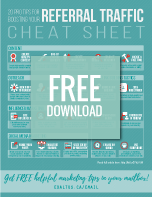

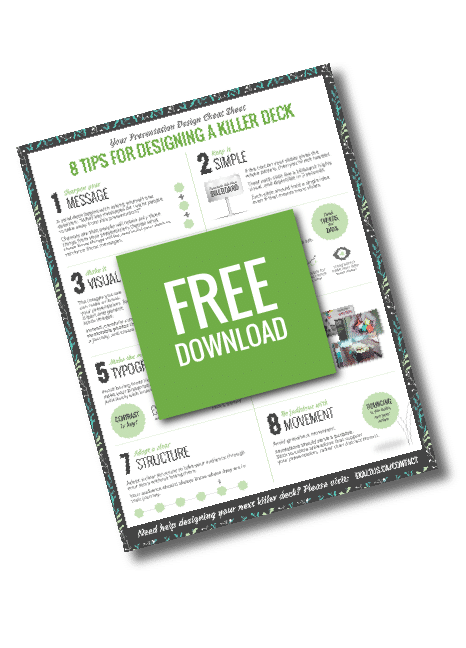
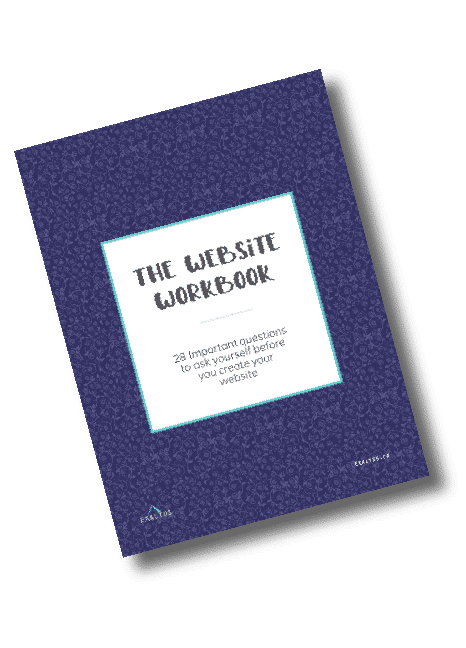


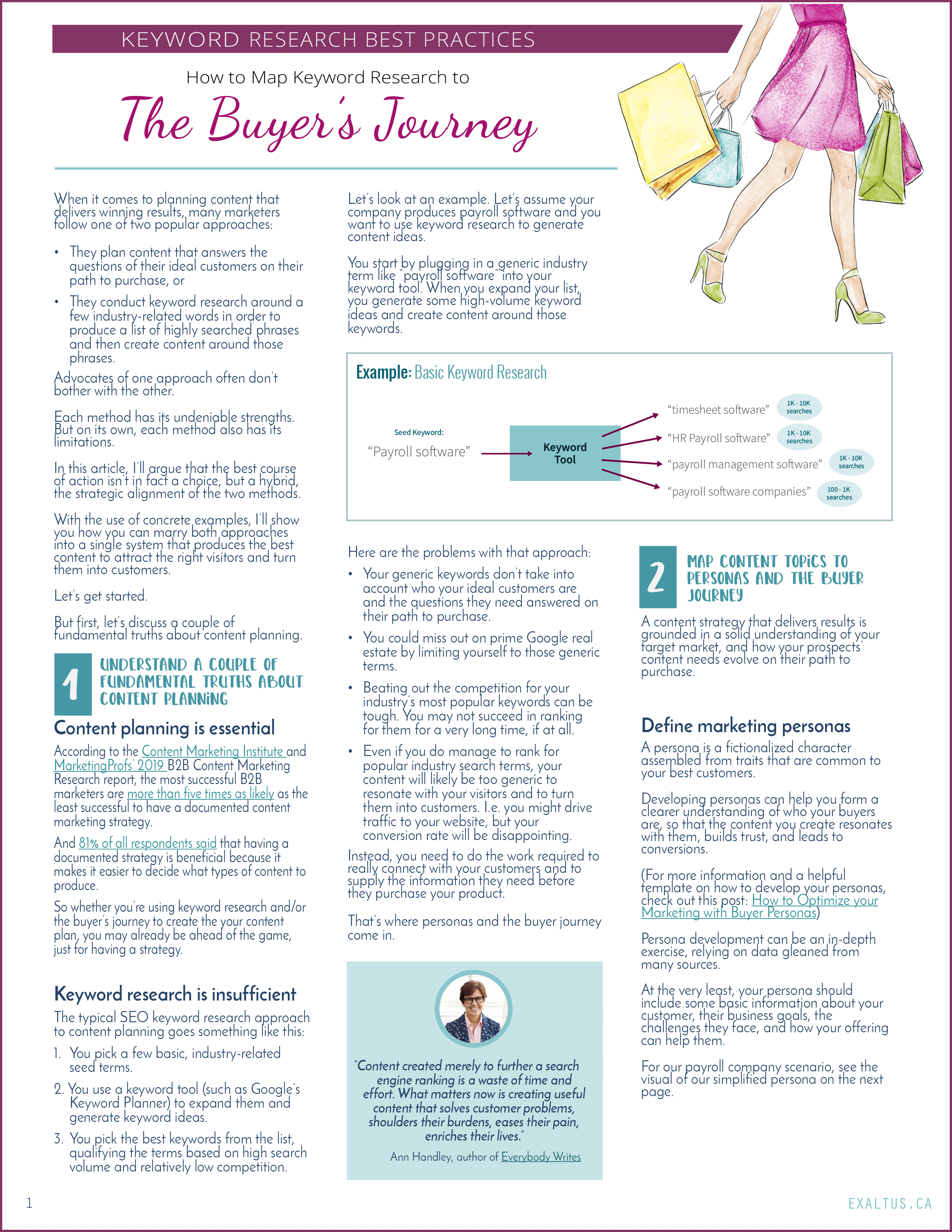



Leave A Comment